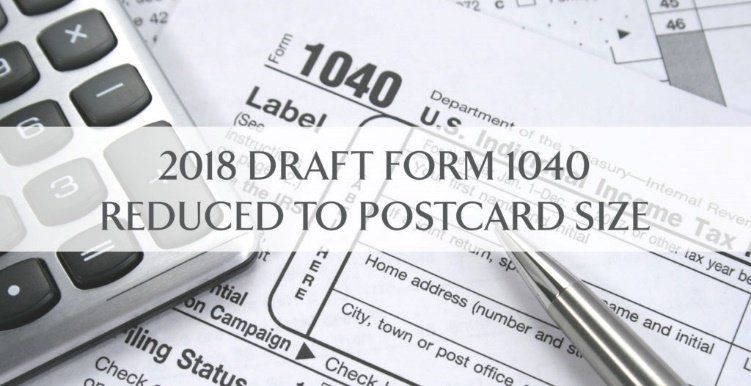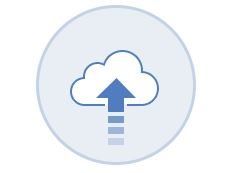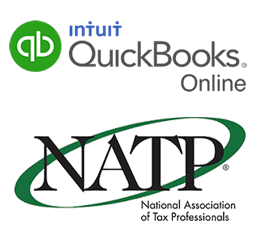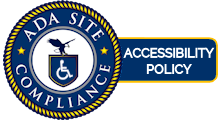Is The New 1040 "Postcard" Tax Return As Easy As It Claims To Be?
Renee Daggett • November 7, 2018
The IRS unveiled a draft of the new 2018 Form 1040 recently, and while it’s certainly condensed, is it really as easy as it claims to be?

The IRS unveiled a draft of the new 2018 Form 1040 recently, and while it’s certainly condensed, is it really as easy as it claims to be? The answer to that depends on the complexity of your tax return.
View a draft of the new 1040 here.The front page is informational—filing status, taxpayer name(s), address, SSN(s), and dependent info. Since health care coverage reporting is still required in 2018, a checkbox is present to indicate whether you had full year health care coverage or an exemption.
Page Two is a condensed version of the “old” Form 1040 and moves many items that previously appeared on the front of the 1040 to newly created schedules:
Schedule 1, titled “Additional Income and Adjustments to Income”, reports amounts that had previously been listed on lines 10-37 of the prior 1040 version and incorporates total income/losses from Schedules C, D, E, and F, as well as adjustments to income such as educator expenses, self-employment tax deduction, and student loan interest paid.
Schedule 2, “Tax”, combines lines 44-47 (tax, alternative minimum tax, APTC repayment) of the old 1040 and condenses it to a single amount that is reported on line 11 of the new 1040.
Schedule 3, “Non-Refundable Credits”, combines lines 48-55 (foreign tax, dependent care, education, retirement savings, child tax credit, residential energy, other credits) of the old 1040 and condenses it to a single amount that is reported on line 12 of the new 1040.
Schedule 4, “Other Taxes”, combines lines 57-63 (SE tax, unreported SS/Medicare tax, additional tax on retirement plans, household employment taxes, homebuyer credit repayment, health care responsibility, additional Medicare tax, net investment income tax) of the old 1040 and condenses it to a single amount that is reported on line 14 of the new 1040.
Schedule 5, “Other Payments and Refundable Credits”, combines lines 65-74 (income tax withholding, estimated tax payments, EIC, additional child tax credit, AOC, net premium tax credit, amount paid with extension, excess Social Security) of the old 1040 and condenses it to a single amount that is reported on line 17 of the new 1040.
Schedule 6, “Foreign Address and Third Party Designee” is a new informational form which allows taxpayers, who live in a foreign country, to list their country, province, and postal code. This form also gives taxpayers the ability to list a third person allowed to discuss with the IRS any issues the taxpayer may have.
While the 1040 form may have been simplified, it requires multiple new supporting schedules to be filed along with it. All prior schedules remain, with the possible exception of Schedule B (Interest and Ordinary Dividends), whose fate is uncertain in 2018. Taxpayers who used to file a 1040a or a 1040ez will benefit from this simplified “postcard” format. For other taxpayers, the situation could become more complex because not everything fits on the postcard, requiring the taxpayer to file additional pages, schedules, and worksheets to accurately capture their income.

















